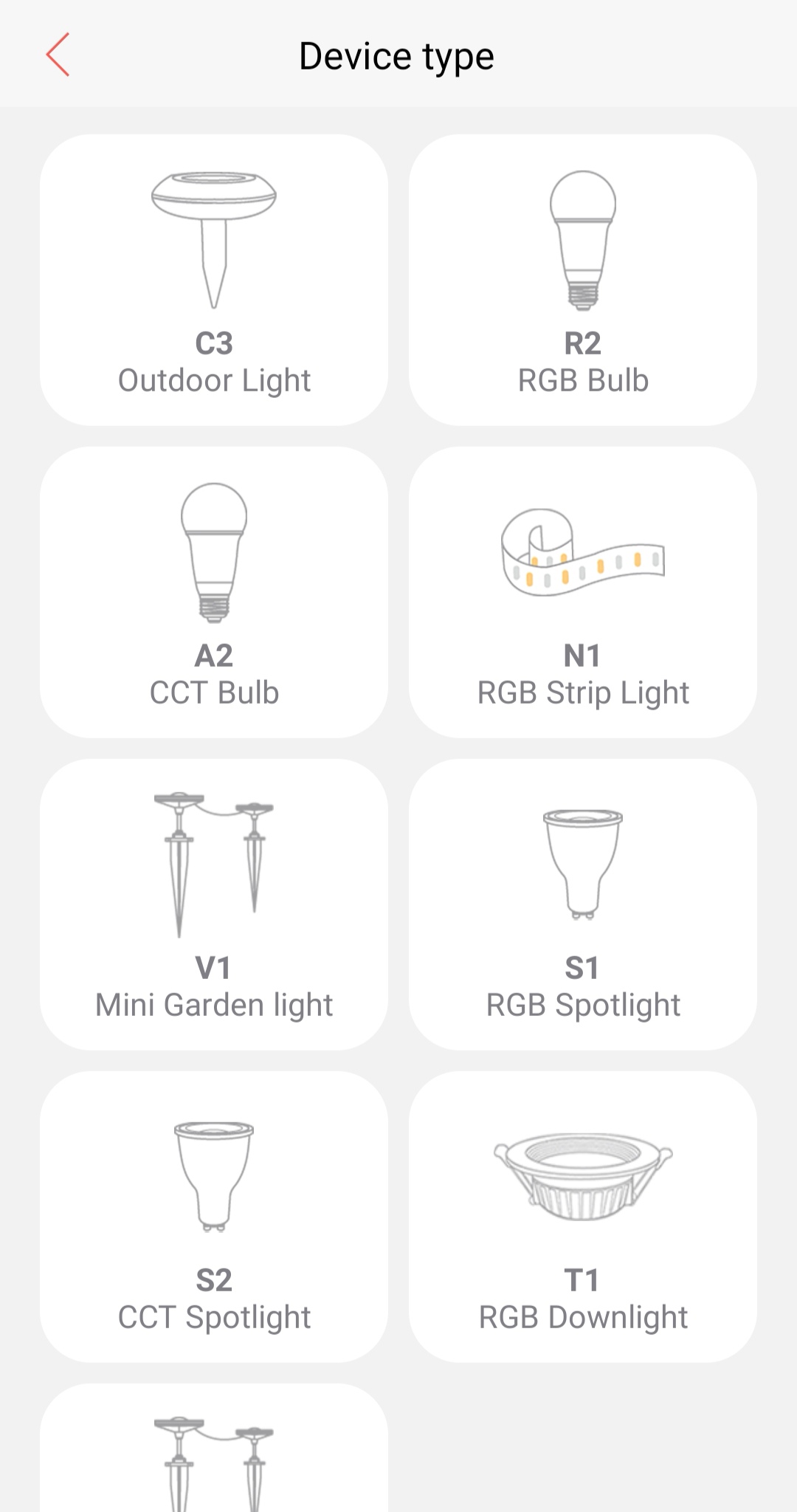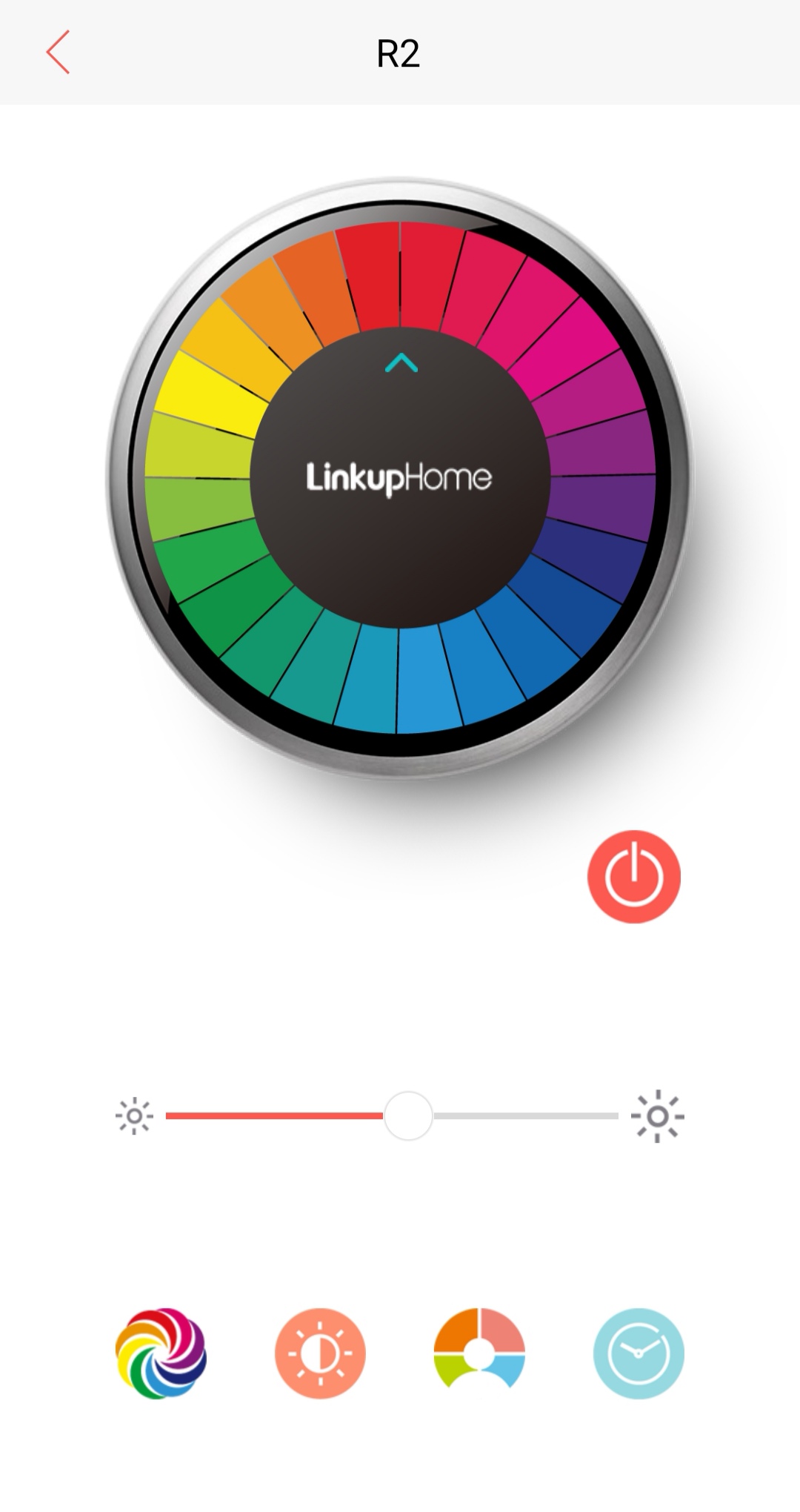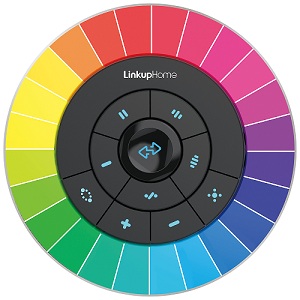Light-emitting diode ( LED ) lighting opens up new horizons for unconventional, comfortable and customizable. These design opportunities are rapidly increasing the level of application and speed of LEDs in the car. There are several methods and design techniques to choose from when using LEDs in the car, in front of the car, and in the rear of the car.
For automotive LEDs, the relative anti-vibration, long life, high energy efficiency and fine control of the light source are key factors. Compared to incandescent bulbs, LEDs are not sensitive to mechanical shock, but require a drive circuit. In general, automotive electrical power systems use a lead-acid battery that is charged by the engine through a mechanically driven alternator/regulator. Such a system is suitable for old-fashioned incandescent bulbs, but not for LEDs. In order to achieve the best performance of the LED, a precise constant current source is required.
In order to properly drive the LED, the current needs to be controlled regardless of the voltage. The light output is basically dependent on the current and not the voltage. In theory, each electron is converted into a photon, and a fixed proportion of the photons that escape the LED become the light we see.
If the voltage is constant, only one resistor is needed to achieve a low quality solution. It should be noted that when the LED and the resistor are simply connected in series, the LED itself is self-regulating to some extent. If the temperature rises, the efficiency and brightness of the LED decrease, and the forward voltage drop decreases simultaneously. The reduced forward voltage drop in turn causes an increase in current, which somewhat compensates for the decrease in brightness due to temperature rise. As long as the battery voltage is constant, the series resistor scheme is sufficient for computer and instrumentation applications. However, the automotive industry mandates that equipment be able to withstand battery variations between 8V and 18V and tolerate peaks of 80V. In addition, high-brightness LEDs generate a lot of heat on the resistors. This makes thermal design more difficult.
A better but not the best alternative is to use a dc-dc voltage converter to generate a suitable regulated voltage and then combine this with a resistor. This solution works if you already have a dc-dc converter that powers your computer or other electronic device. In addition, this method may be the most common method of driving LEDs.
However, it is a better solution to drive the LED with a voltage-independent constant current regulator. Energy consumption and energy conversion are two basic types of current regulators, respectively.
A linear buck constant current regulator is an example of an energy consuming constant current regulator. For a given current, the energy consumption represented by the voltage drop across the current regulator is consumed. The other case is an energy conversion current regulator that attempts to store the energy difference between different levels.
The equation used to describe this energy conversion is one of the basic laws of thermodynamics:
Input power = output power
Given with W=V·I (given), replace W in the formula:
Vin·Iin=Vout·Iout+(100-X% efficiency) W fever (fever)
If the forward voltage of the LED is taken as Vout and the required current is taken as Iout, a general equation describing the LED driver will be obtained.
Introduction
Strip light with both RGB colorful light and warm light, LED lamp beads inside are high-quality and energy-saving , the light source is stable without strobe.
The brightness, color temperature and color of the strip light can be adjusted. Make the space decoration with endless possibilities.
Easy installation with 3M adhesive reared, ready to tear anytime and anywhere.

Control way-APP
With App control, the light color, brightness, scene mode of strip light can be free changed, with the timing function, users can make the light turn on and turn off the strip light freely. The App are developed on the most advanced Bluetooth Mesh technology. [LinkupHome" App can be downloaded in the App store or Google Player, then you can control our product without any complicatedd steps. The App is stable, easy control and multifunctional.


Control way-remote
With the exclusive designed 2.4G remote controller, get you off the switch and turn on / off the lights anywhere, one remote controller can set 4 groups, each group is recommended to match up 8pcs bulbs, one remote controller can max control 32 bulbs. This remote controller is suitable for all 2.4G version of RGBW products under [linkuphome".

Product parameters
Control distance: 20m
Material: Polyurethane with 3M back adhesive
Working Voltage: 100-240V
Frequency: 50/60Hz
Lamp Color: RGB+Warm White
Color Temperature: 3000K
Meters: 2 Meters
LED Power: 7W
Power Adapter: 12V/2A
Product Specification: 30pcs LED beads/M, 2 M/root, total 60pcs LED beads.
(3pcs strip lights can be connected, max to 6 meters.Need customized. Pls inform in advance if needed)
Warranty: 2 Years
Smart RGBW Strip Light,Smart Strip Light,RGBW Strip Light,RGBW Colorful Strip Lights
Ningbo Homey Photoelectric Technology. Co., Ltd , https://www.linkuphome.com